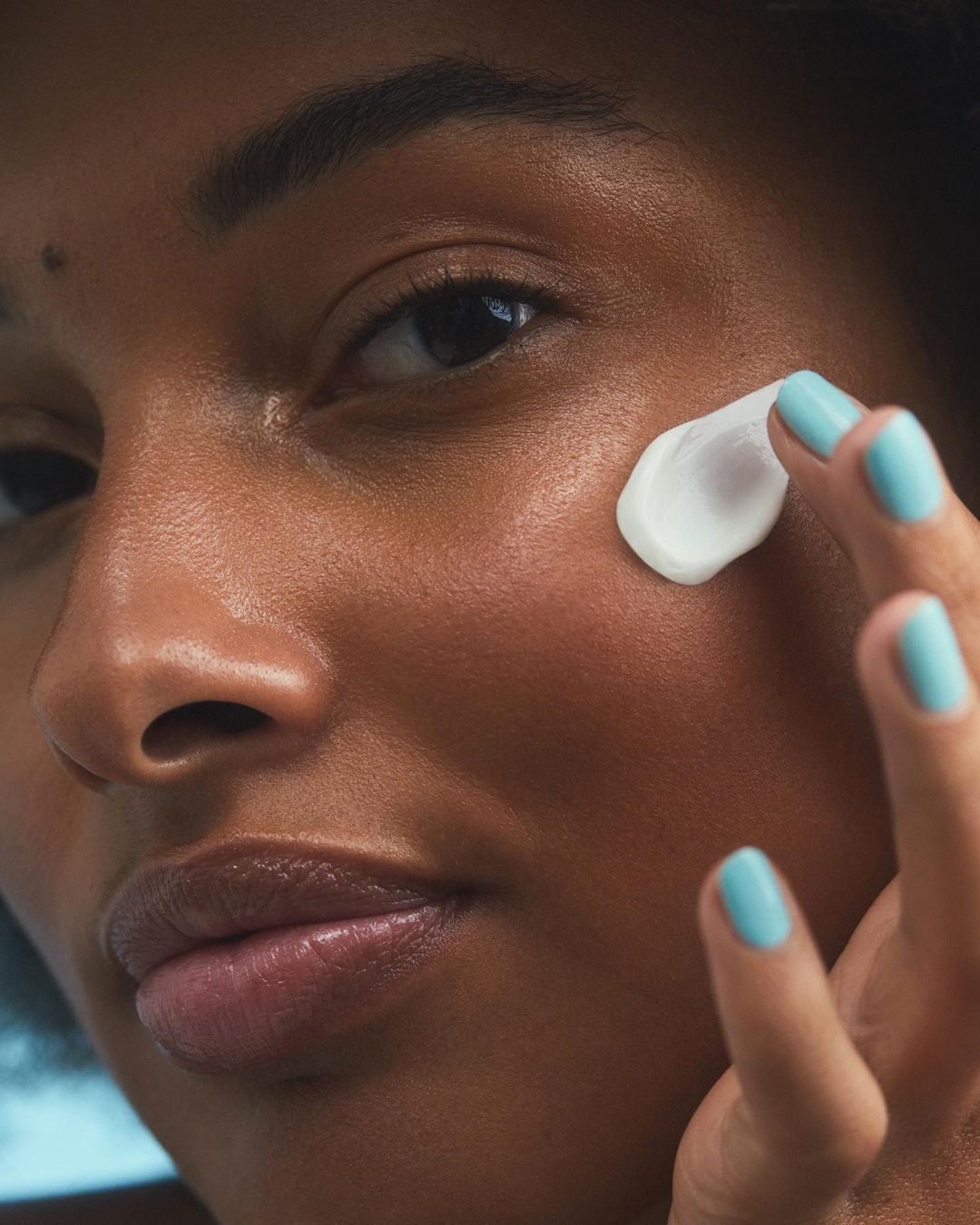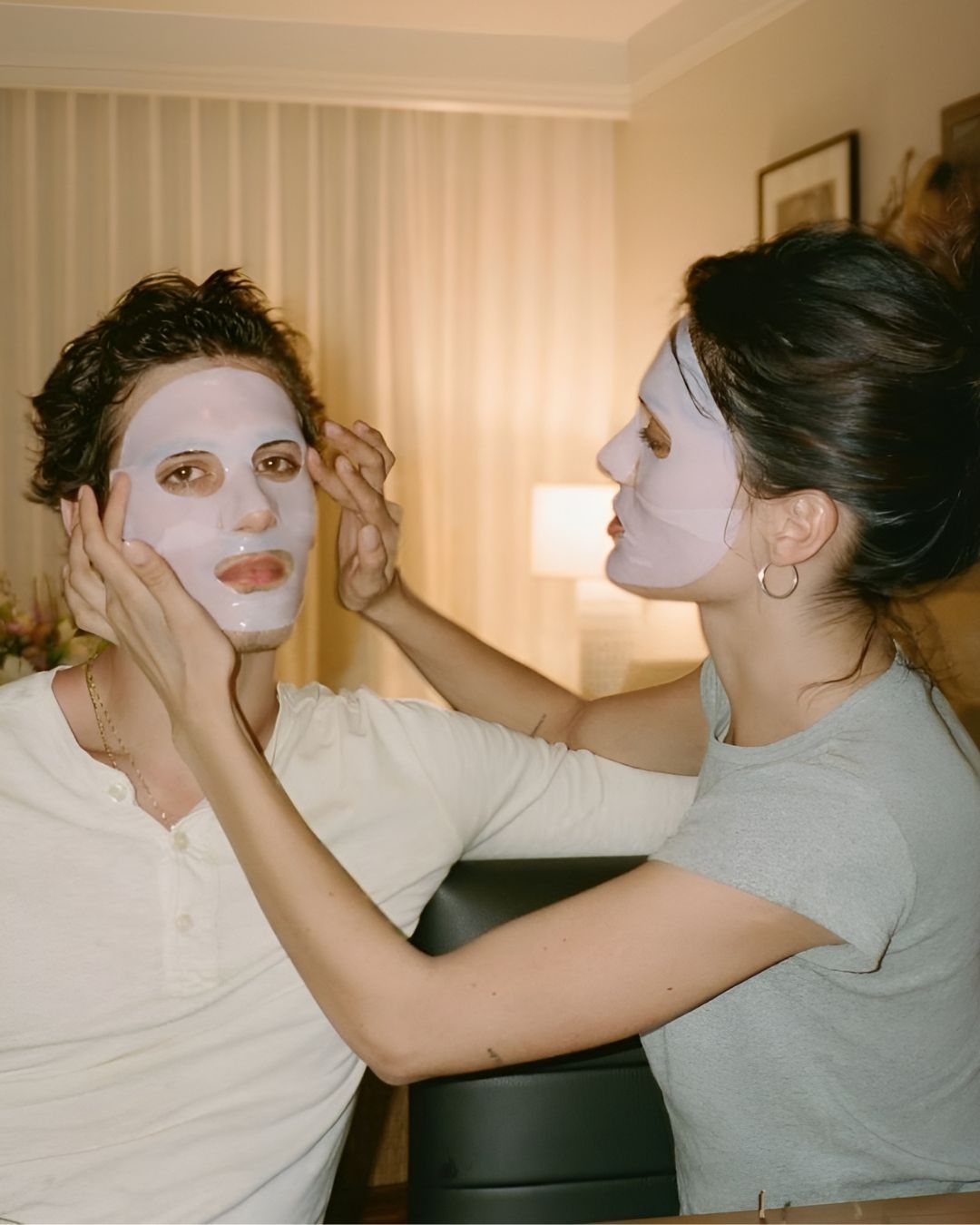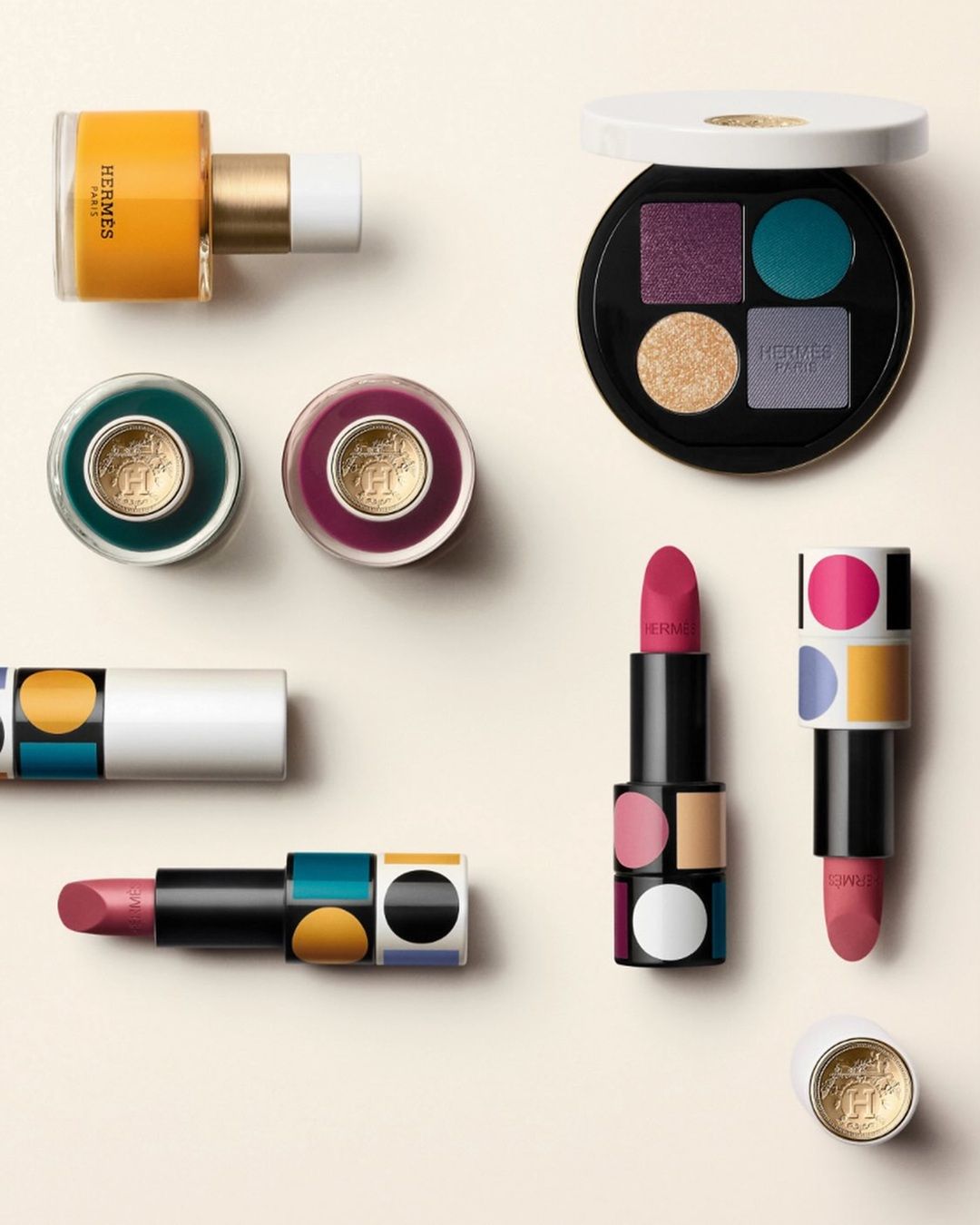
All about tretinoin, the secret for better-looking skin Should we add another ingredient to our skincare routine?
TikTok, influencers, and brands constantly make us fall in love with new treatments and ingredients, which in just one click become must-have essentials, beauty secrets that promise us a top-notch, healthy, and youthful appearance. In the last few months alone, we’ve wondered whether parabens or eyelash serum are dangerous, discovered the importance of cortisol and body scrub, learned what sheet masks are for, and that klotho is the longevity protein. Our beauty glossary expands with another term to know: tretinoin. Dermatologists and skincare addicts already love and recommend it for combating acne and aging, but is it really worth introducing into our routine? Here’s everything you need to know about tretinoin.
What is tretinoin?
Tretinoin is also known as retinoic acid and belongs to the retinoids, a group of vitamin A derivatives that have proven widely useful in treating various skin conditions. Approved for the first time by the U.S. Food & Drug Administration in 1971 as a cure for acne, it soon proved effective in minimizing the signs of skin aging, and since then, dermatologists have considered it a go-to ingredient against wrinkles, fine lines, hyperpigmentation, and uneven skin tone.
Tretinoin or Retinol? The Difference
Tretinoin and retinol come from the retinoid family and are often confused with one another. Both promote rapid exfoliation and stimulate collagen and elastin, giving the skin a smoother and more even texture. While they can treat the same issues, they differ in potency and mechanism of action. As a direct derivative of retinoic acid, tretinoin acts more quickly and is about 20 times more potent than retinol, which must first be converted into retinoic acid once absorbed by the skin. For this reason, the latter is milder and less irritating and is found in many over-the-counter cosmetics and skincare products. Conversely, tretinoin is available only by prescription and is not well tolerated by sensitive skin.
What Does Tretinoin Do for the Skin?
Tretinoin usually comes in gel or cream form, but it can also be applied topically in its liquid form or taken orally. It penetrates the epithelial cells and binds to specific receptors, stimulating the production of new cells and the shedding of old ones, thus increasing skin turnover. It's a fantastic multi-tasker that, thanks to its exfoliating effect, sweeps away bacteria from pores, reducing blackheads and whiteheads; stimulates collagen production, preserving the integrity of the skin barrier and improving skin firmness; and blocks inflammatory pathways that cause acne. The result is a radiant and youthful complexion.
@elora.skin @haileybieber loves tretinoin, and you will too! Link in bio for the magic! #tretinoin #skincare #retina original sound - Elora Skincare
Effects and Benefits of Tretinoin on the Skin
For over 50 years, tretinoin has been used as an anti-acne agent, but over time, it has been found to have benefits for other skin conditions, such as its anti-aging action. Here are the main advantages of its use, which should always be prescribed and supervised by a doctor:
- Reduces acne: the higher rate of cell turnover results in a reduction of clogged pores and a decrease in the production of oil and excess sebum, helping to minimize acne outbreaks.
- Calms inflammation: tretinoin also has anti-inflammatory properties that can reduce the swelling and redness caused by acne.
- Exfoliates the skin: it chemically exfoliates the upper layers of our skin, giving it a brighter appearance and more uniform texture without using harsh physical exfoliants like scrubs and brushes.
- Creates a more even skin tone: it helps reduce melanin in the skin by stimulating the growth of new epidermal cells, lightening dark spots regardless of their cause.
- Stimulates collagen production: even after a few weeks of use, tretinoin reactivates the collagen factory, the substance that gives the skin a firm, youthful appearance.
- Reduces fine lines and wrinkles: by increasing collagen, it also boosts skin elasticity, helping to smooth fine lines and small wrinkles.
@casey.mullen it’s a love/hate relationship #tretinoin #tretinoinjourney #tretinoinpurge #skincare #skincarejourney #skintransformation #hormonalacne #boston #bostonma #bostontiktok #discoverunder2k
How to Introduce Tretinoin into Your Skincare Routine
There is a wrong way to use tretinoin. Experts recommend adding it to your evening skincare routine since it can be broken down and rendered ineffective if exposed to sunlight. It’s better to start applying it, with an amount the size of a pea, gradually and regularly. For instance, you can begin on alternate nights, maybe twice a week, and then slowly increase depending on individual tolerance. To avoid stressing the skin too much, it is suggested to avoid other exfoliating ingredients, such as alpha and beta hydroxy acids, which could cause more irritation, while during the day, it’s important to use a sunscreen with at least SPF 30 to safeguard skin health. In what order should tretinoin be applied? The first step is to cleanse the skin thoroughly but gently. Now, apply the amount of tretinoin prescribed by your doctor on the forehead, cheeks, chin, and other areas of the face, being careful to avoid sensitive areas like the eyelids and the corners of the nose and lips. Finally, you must hydrate because retinoids can make the skin dry and flaky, so it’s best to choose a cream with gentle, hydrating, and soothing ingredients like hyaluronic acid, glycerin, shea butter, vitamin E, and panthenol.
Tretinoin Side Effects
It takes time and patience to see the first results of tretinoin treatment, often several months (three to six months). During the initial phase, skin purging may occur with a flare-up of inflammation, temporary acne, and blackheads due to the introduction of new ingredients that increase cell turnover and temporarily cause clogged pores and oily skin. By continuing to use the new product, the skin gets used to it, repairs itself, and improves. If this doesn’t happen, it’s best to consult a doctor. The major disadvantages of tretinoin are skin sensitivity and inflammation, which result in dryness, flaking, redness, burning, or stinging sensations. Therefore, it’s not a recommended treatment for those who are pregnant or breastfeeding, or for those with rosacea or very sensitive skin.
























































